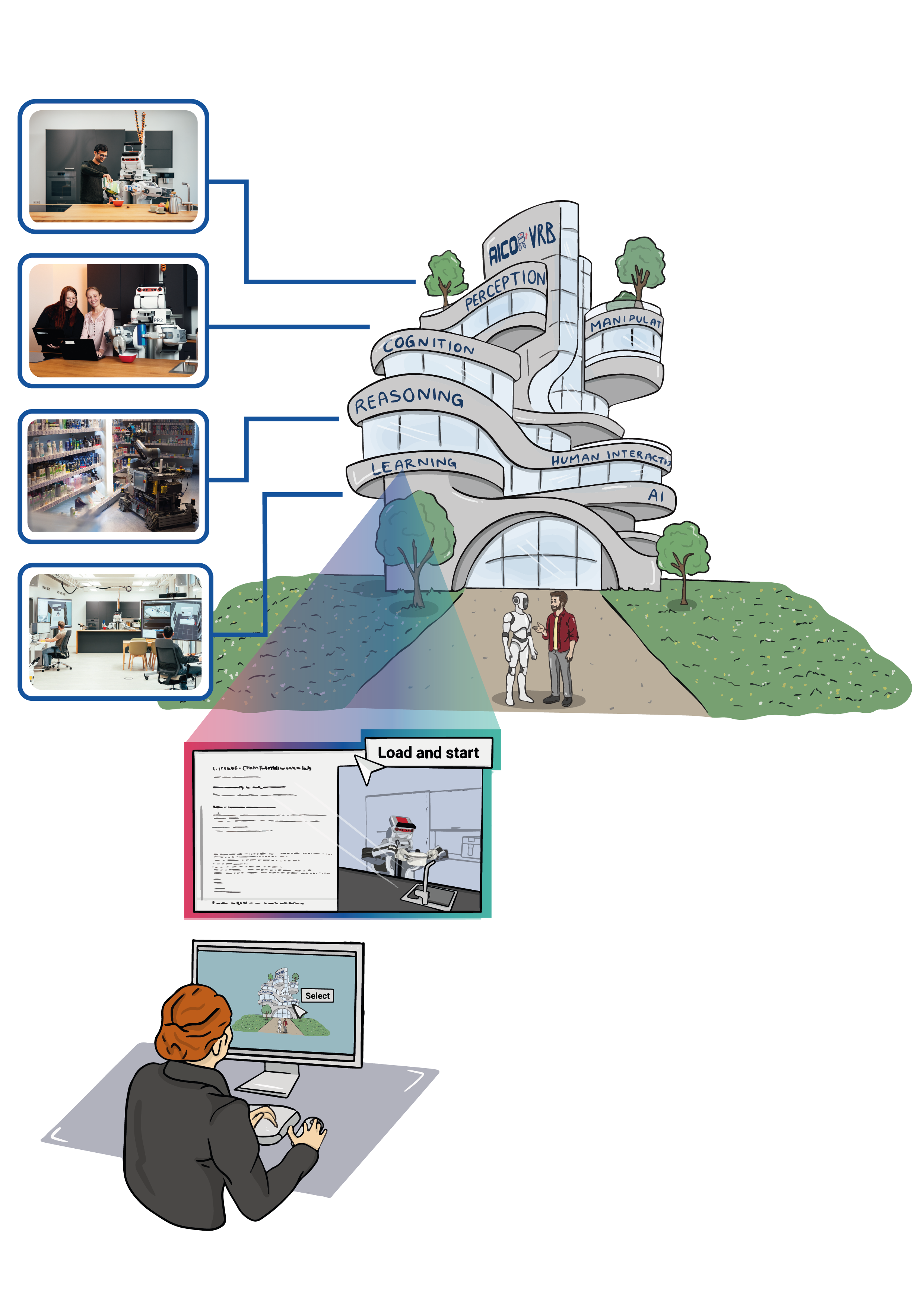Human beings are able to partition the world in flexible ways such that handling a task at hand is made easier. We don’t always notice cup handles, but when we need them, we do. In a pinch, we might also notice the edge of the cup if we need to cut a sheet of dough into a pattern and nothing else is available. And if we observe someone cutting a sheet of dough with a cup, we would also notice subevents such as the person grabbing the cup, rotating it face down, pressing it into the dough etc.
While we could train artificial agents to recognize such parts based on pre-annotated sets, or trust large scale foundational models to come up with creative partitions on the fly, it may also be interesting to look at this problem in a more principled in transparent way: how can perception mechanisms be arranged such that they can create new concepts for object and event parts based on observations of real events and objects?





